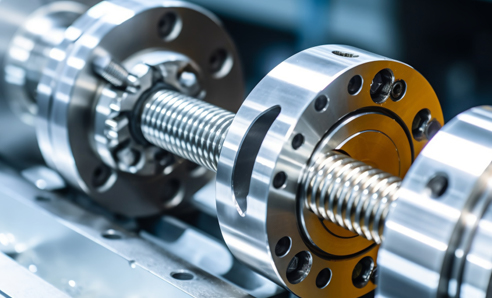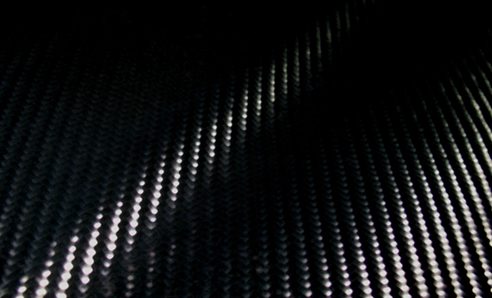New Energy Battery
Lithium ion battery electrolyte additives designed for screening
A common function of electrolyte additives for lithium-ion batteries is to promote the formation of solid/electrolyte interface (SEI) layers to enhance electrode stability. Electrolytic additives include cyclic carbonates such as vinyl carbonate, vinyl carbonate, vinyl fluorocarbonate and alkyl carbonate derivatives. In recent years, fluorine-containing additives have attracted much attention because of their ability to improve the chemical stability of electrolytes against high potential. Discovering and developing additives to improve battery performance is critical.
Based on fluorinated and alkylated vinyl carbonate (EC), 7,381 structure libraries were generated, and the theoretical in-depth understanding of the effects of the properties of fluorinated and alkylated additives using molecular simulation techniques will help guide the experimental work. Materials Studio and Pipeline Pilot were used to calculate the properties of additives, such as front-line orbit, dipole moment and ionization potential, and characterize their chemical activities, so as to screen out the target electrolyte additive molecules.
M.D. Halls, K. Tasaki / Journal of Power Sources 195 (2010) 1472–1478

Simulation of SEI film formation in lithium ion batteries
Lithium-ion battery electrode surface due to the charge and discharge process, resulting in a chemical reaction of electrolyte molecules, the product and lithium ions on the electrode surface to form a layer of SEI film, the main components of organic and inorganic components, in the electronic conductivity of the insulator, but can pass through lithium ions, ionic conductors. And the membrane can inhibit the chemical reaction of the electrolyte to a certain extent.
However, the formation process of SEI film is still unclear. In this paper, the growth process of SEI film is studied by density functional theory, dynamic model Carol and molecular dynamics methods. The Amorphous model is built by Amorphous Cell, and the relaxation balance of the model is carried out by Forcite and COMPASSIII. In order to simulate a more realistic reaction environment, the reaction process of the electrolyte was studied by FlexTS method in Dmol3 module, and the environment in the electrolyte was considered by COSMO method, and the reaction products and corresponding energy barrier were obtained. According to the results of DFT, a series of reaction templates are made, and the templates are searched and matched in the kinetic process. Through a series of kMC+MD cycles, the SEI growth process was simulated.
J. Chem. Theory Comput. 2022, 18, 925−934

Simulation of influence of solvation structure on electrolyte reaction mechanism of Li-ion battery
In order to study whether chemical reactions can occur on the negative electrode surface of additives under different overpotential conditions, a system model of positive electrode, electrolyte and negative electrode was established, and the rationality of the model was evaluated through the system density and lithium ion conductivity after dynamics. The main components of the negative electrode surface and the solvation structure of lithium ion were analyzed. If the additive can gather on the negative surface, then the reaction of the additive on the negative surface is favorable; However, whether the reduction reaction can occur, DFT calculation is performed on the microstructure obtained by kinetics, and the feasibility of the reaction is evaluated according to the reduction potential.
J. Am. Chem. Soc. 2023, 145, 2473-2484

J. Am. Chem. Soc. 2023, 145, 2473-2484




